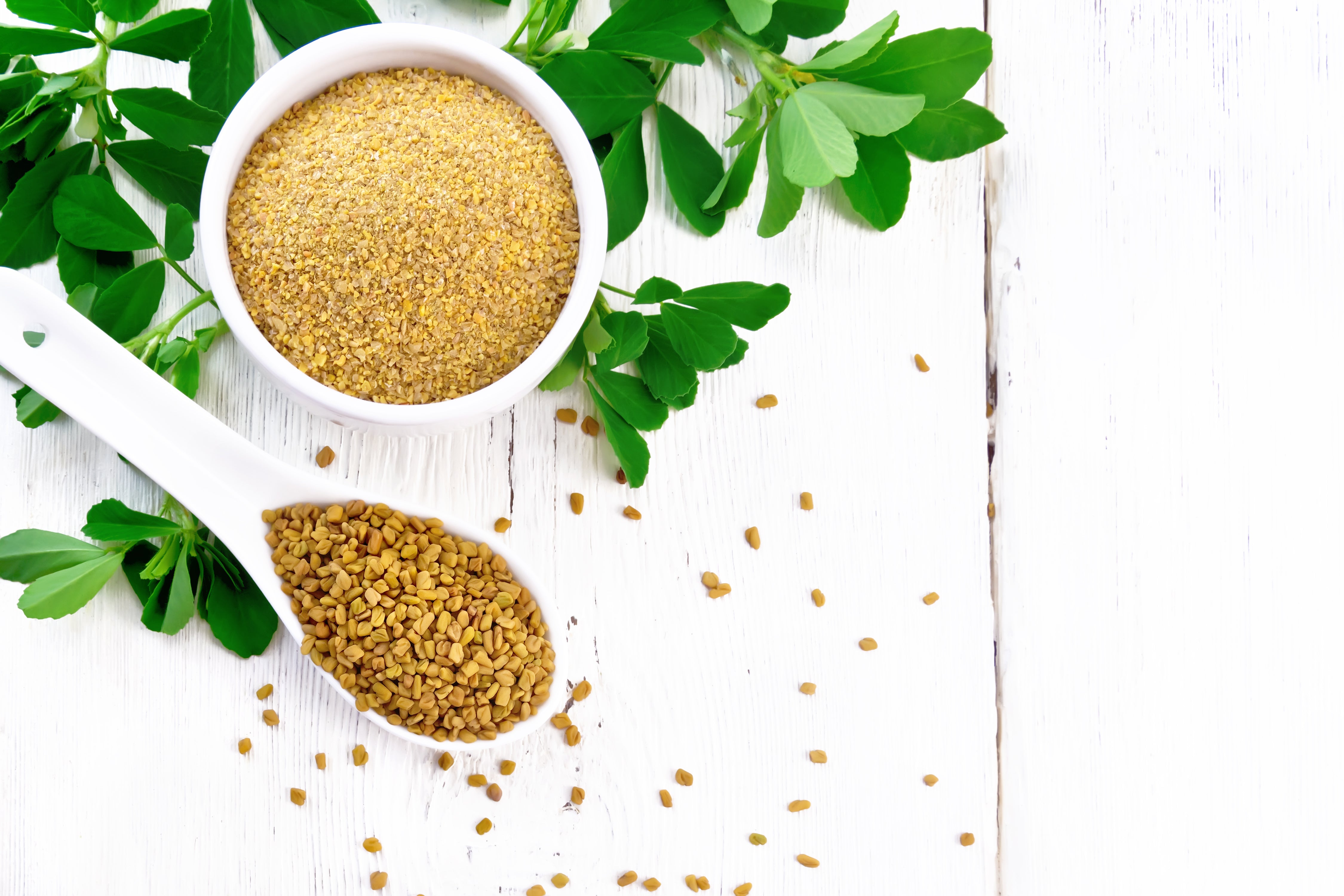SHBG Explained: The Gatekeeper of ‘Free T’
Why managing this overlooked hormone-binding protein can make or break your testosterone levels.

When people talk about testosterone, they usually think in terms of high or low numbers. But what really matters isn’t just how much testosterone your body makes, it’s how much it can actually use.
That’s where SHBG (Sex Hormone-Binding Globulin) comes in.
Acting like a gatekeeper, SHBG binds to hormones in your bloodstream and decides how much testosterone stays “free” and active. Too much of it, and your energy, drive, and recovery can all take a hit. Too little, and it may signal deeper metabolic issues.
Understanding SHBG is key to understanding your true hormonal health.
What Is SHBG?
SHBG stands for Sex Hormone-Binding Globulin: a protein produced mainly in the liver that binds to hormones like testosterone, estrogen, and DHT (dihydrotestosterone).
Think of SHBG as a hormone traffic controller. When it binds to testosterone, that hormone becomes “bound” and biologically inactive, it’s floating around in your bloodstream but can’t interact with receptors to trigger effects like energy, libido, or muscle growth.
The small fraction that’s not bound (known as free testosterone) is what really drives vitality, motivation, and performance.
Why SHBG Matters More Than You Think
You can have “normal” total testosterone levels on paper, but if SHBG is too high, your free T might be low, and that’s the number that actually matters.
Here’s the breakdown:
- About 60–70% of testosterone binds tightly to SHBG.
- Another ~30–35% binds loosely to albumin (and can still be used).
- Only 1–3% remains free, the truly active form.
That means even small shifts in SHBG can make a big difference in how testosterone feels and functions.
What Causes High SHBG?
Several factors can push SHBG higher than ideal, especially with age or chronic stress:
- High estrogen levels (estrogen increases SHBG production in the liver)
- Thyroid overactivity (hyperthyroidism)
- Calorie restriction or low protein diets Liver conditions (since SHBG is made there)
- Certain medications like anticonvulsants or oral estrogens
- Aging, SHBG tends to rise naturally as men get older
When SHBG climbs too high, free testosterone drops, even if total T looks fine.
What About Low SHBG?
On the flip side, low SHBG isn’t always good either. Low SHBG can occur with:
- Obesity and insulin resistance High insulin levels (insulin suppresses SHBG production)
- Excess androgens or anabolic use Hypothyroidism
- Too little SHBG may raise free testosterone temporarily, but it’s often a red flag for metabolic dysfunction.
In other words: low SHBG with poor energy and high inflammation isn’t a “win.”
How to Find Your Balance
Optimal SHBG levels depend on the person, but for most men, a healthy range is roughly 20–60 nmol/L.
You can check this through a standard hormone panel that includes:
- Total Testosterone
- Free Testosterone (calculated or direct)
- SHBG
- Albumin
If total T looks okay but symptoms of low testosterone persist (low drive, fatigue, poor recovery), SHBG is the missing puzzle piece to look at.
How to Support Healthy SHBG Levels Naturally
The goal isn’t to suppress or spike SHBG, it’s to bring it into a healthy balance so your testosterone stays available and active. Here’s what research and clinical experience suggest:
1. Manage Stress and Cortisol
Chronically elevated cortisol can interfere with testosterone metabolism and increase SHBG over time【1】. Prioritize sleep, recovery, and stress management to protect free T.
2. Eat Enough Protein and Micronutrients
Low-protein diets and deficiencies in zinc, magnesium, and vitamin D can affect SHBG and testosterone binding. Aim for balanced meals with quality protein, healthy fats, and micronutrient-rich foods.
3. Train (But Don’t Overtrain)
Regular resistance training helps keep SHBG and cortisol in check while boosting testosterone. Overtraining, however, can elevate SHBG through stress and under-recovery.
4. Support Liver Health
Since SHBG is made in the liver, liver health directly impacts its production. Limit alcohol, avoid chronic fasting extremes, and focus on nutrient-dense foods that support detox pathways.
5. Consider Adaptogens & Herbal Support
Certain adaptogens may help balance the stress-testosterone axis and indirectly support healthy SHBG levels:
- Ashwagandha → shown to lower cortisol and support free T【2】
- Tongkat Ali (Eurycoma longifolia): improves testosterone availability and reduces stress hormones【3】
- Panax Ginseng: supports energy, circulation, and hormonal resilience【4】
- Black Maca: may support libido, mood, and energy metabolism【5】
The STRIV Labs Perspective
At STRIV Labs, we focus on the full hormonal ecosystem, not just “raising testosterone.”
Our Peak Potential formula combines clinically studied adaptogens that help reduce stress-driven cortisol spikes, support free testosterone levels, and promote overall balance.
Because the key to vitality isn’t just producing testosterone, it’s making sure your body can actually use it.
Takeaway
SHBG is the unsung gatekeeper of male vitality. Too high, and testosterone gets locked away. Too low, and it signals deeper metabolic issues.
Balancing SHBG through stress management, nutrition, and adaptogenic support helps unlock the benefits of testosterone naturally, without forcing extremes.
References
- Cumming DC, Quigley ME, Yen SS. Acute suppression of circulating testosterone levels by cortisol in men. J Clin Endocrinol Metab. 1983;57(3):671-673.
- Lopresti AL et al. An investigation into the stress-relieving and pharmacological actions of Ashwagandha. PLoS One.2019;14(9):e0222658.
- Talbott SM et al. Eurycoma longifolia supplementation improves stress hormone profile and mood state in men. J Int Soc Sports Nutr. 2013;10:28.
- Reay JL et al. Panax ginseng improves cognitive and mood performance in healthy adults: a randomized controlled trial.Psychopharmacology. 2005;172(3):352–362.
- Gonzales GF et al. Black maca (Lepidium meyenii) improves mood and reduces anxiety in healthy adults. J Med Food.2016;19(12):1150–1156.


